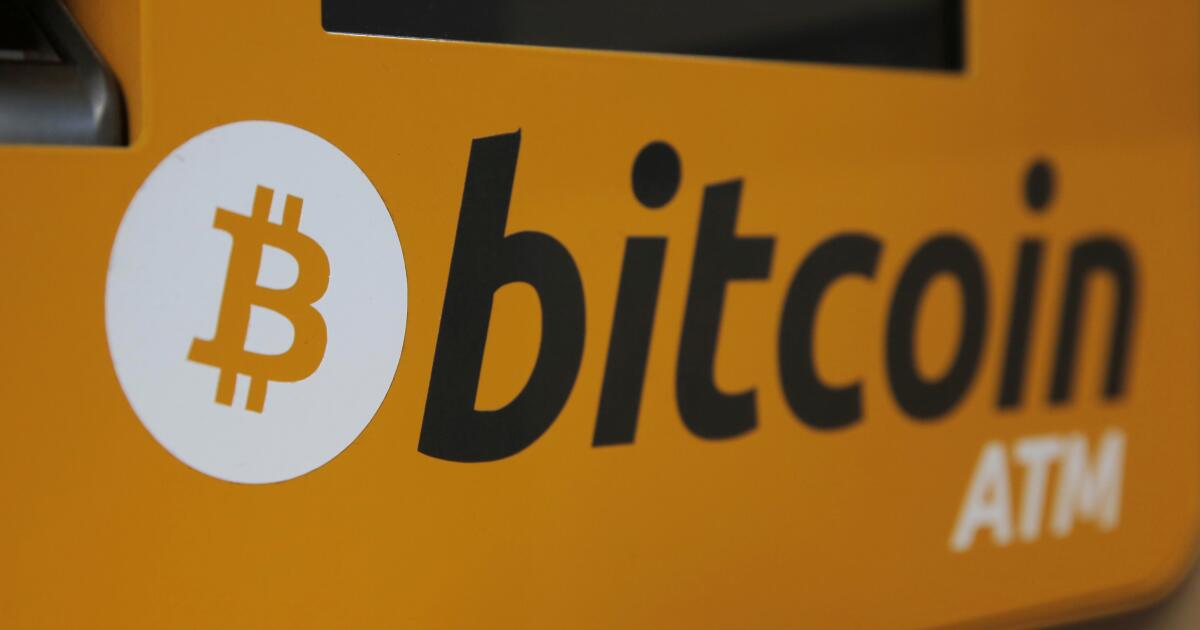New California law limits cash to crypto at ATM machines at $1000 per day per person and also the fees that can be imposed by the machines.
The industry says this will hurt the business, hinting that they’re profiting from the lack of KYC policies
I don’t see any legitimate use from those machines. Who would have a legit need to exchange $15k from cash to crypto at 33% fees???



Verifying a transaction exists, and verifying that the transaction occurred is not the same as making the destination address, and the amount public.
This goes into the crypto note bulletproof proofs. Kind of like homomorphic encryption, I don’t have to trust a third party to do cryptographic operations, as long as they don’t have the key they can do the cryptographic operations and I can trust the outputs.
All it takes is one transaction on a wallet to be concretely connected to you and then every pervious transaction is clearly linked back to you. And that link does not have to be digital, it can be as simple as you being found in person with an item purchase through the system.
The strength of the encryption and cleverness of the protocols with in the system are irrelevant if there is a public list of transactions.
In your scenario that’s not true. If you reveal yourself in the transaction. That reveals that transaction.
But using just that data in the public ledger, does not reveal your transaction history
This is due to the crypto note architecture, and their use of bulletproofs. Every transaction is verifiable, but the outputs and inputs of that transaction are not.
That being said, if you give up The wallet private read key, then somebody could use that Read key and go through the public ledger and find your transactions. But that’s not publicly available, that private read key is yours, you don’t give that up. Even if you accidentally tell people this transaction is yours
The way the value of a wallet is calculated is by the sum of previous transactions. For a transaction to be verified, previous transactions must be summed to show a positive balance larger than the payment. That means all previous transactions made by that wallet are publicly available and linkable.
If they were not, then there would be no way to verify that your wallet had enough value to make a transaction.
If all transactions are linkable to a wallet, than one real world link can be used to link all previous transactions.
Ergo, not anonymous.
https://www.getmonero.org/library/Zero-to-Monero-2-0-0.pdf
Chapter 5 page 43. Address how amounts are hidden. Commitments, and range proofs, but ring CT is the thing you really care about - The main mechanism by which transaction amounts and spend limits are verified.
Ring CTs, range proofs both rely on bulletproofs.
The zero to monero document references the bulletproofs, but does not go through the math and that document. If you want to also verify the bulletproof math here’s the bulletproof paper https://eprint.iacr.org/2017/1066.pdf
All transactions are listed on the chain. All transactions can be linked to a wallet to prove the liquidity of the wallet.
Therefore all previous transactions made by a wallet are public record.
Not, anonymous.
The whole point of range proofs, and bulletproofs, is the ability to prove a transaction is balanced, without revealing the transaction history.
Ring CT, and key images, prevent double spend and prevents transaction history from being public.
I’ve given you the reference documents. If you’d like to read those documents and then discuss the details with me I will engage you in a reading group no problem.
But just repeating the same point back at me without reading what I’ve indicated or even acknowledging what I’ve said isn’t productive for either of us.
I want to thank you, however, I’ve been meaning to go through all of the paperwork on monero. And this gave me an opportunity to do so.
You are hinging the claim of non-anonymity on a previous transaction on the wallet having linked a real-world person to the wallet, but that is not a given. Additionally, you could simply use a new wallet for each transaction to avoid (or at least massively minimize) this.
I don’t like cryptocurrency, but your claim is kinda like saying that TLS between you and your bank is not secure because I shoulder-surfed you. That’s not a failure of TLS (or in this case, their anonymization system), it’s a failure of your own privacy practices.